Related Research Articles

Allan Octavian Hume, CB ICS was a British civil servant, political reformer, ornithologist and botanist who worked in British India. He was the founder of the Indian National Congress. A notable ornithologist, Hume has been called "the Father of Indian Ornithology" and, by those who found him dogmatic, "the Pope of Indian Ornithology".

The Indian Museum in Central Kolkata, West Bengal, India, also referred to as the Imperial Museum at Calcutta in colonial-era texts, is the ninth oldest museum in the world, the oldest and largest museum in India as well as in Asia. It has rare collections of antiques, armour and ornaments, fossils, skeletons, mummies and Mughal paintings. It was founded by the Asiatic Society of Bengal in Kolkata (Calcutta), India, in 1814. The founder curator was Nathaniel Wallich, a Danish botanist.
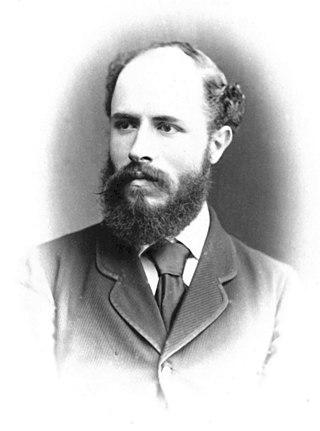
James Wood-Mason was an English zoologist. He was the director of the Indian Museum at Calcutta, after John Anderson. He collected marine animals and lepidoptera, but is best known for his work on two other groups of insects, phasmids and mantises.

Alfred William Alcock was a British physician, naturalist, and carcinologist.
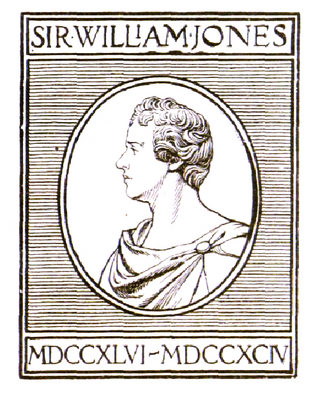
The Asiatic Society is a government of India organisation founded during the Company rule in India to enhance and further the cause of "Oriental research", in this case, research into India and the surrounding regions. It was founded by the philologist William Jones on 15 January 1784 in a meeting presided over by Justice Robert Chambers in Calcutta, the then-capital of the Presidency of Fort William.

Sir Joseph Fayrer, 1st Baronet FRS FRSE FRCS FRCP KCSI LLD was a British physician who served as Surgeon General in India. He is noted for his writings on medicine, work on public health and his studies particularly on the treatment of snakebite, in India. He was also involved in official investigation on cholera, in which he did not accept the idea, proposed by Robert Koch, of germs as the cause of cholera.
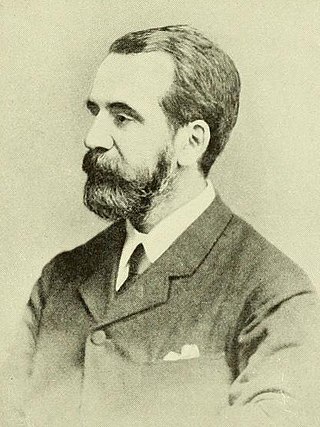
Sir George King was a British botanist who was appointed superintendent of the Royal Botanic Garden, Calcutta in 1871, and became the first Director of the Botanical Survey of India from 1890. He was recognised for his work in the cultivation of cinchona and for setting up a system for the inexpensive distribution of quinine throughout India through the postal system.
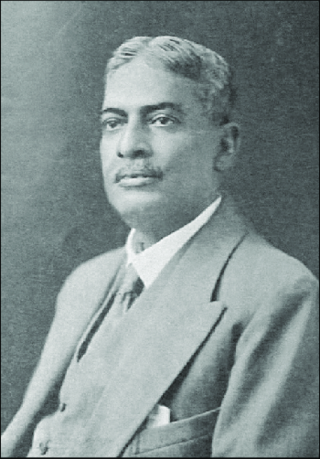
Rai Bahadur Sir Upendranath Brahmachari was a leading Indian physician and scientist of his time. He synthesised Urea-Stibamine (carbostibamide) in 1922 and determined that it was an effective treatment for Kala-azar.

Thomas Nelson Annandale CIE FRSE was a British zoologist, entomologist, anthropologist, and herpetologist. He was the founding director of the Zoological Survey of India.
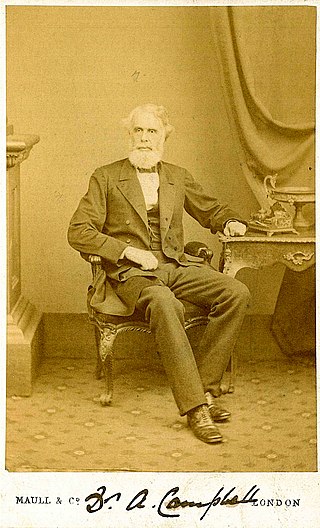
Archibald Campbell of the Bengal Medical Service was the first superintendent (1840-1862) of the sanatorium town of Darjeeling in north east India. He also took a great interest in ethnology, economic botany and the study of the region and wrote extensively in the Journal of the Asiatic Society of Bengal under the name of "Dr Campbell" or "Dr A. Campbell" which has led some authors to misidentify his first name as Arthur or even Andrew. Campbell is credited with the introduction of tea cultivation in Darjeeling and for playing a role in the early experiments on the cultivation of Cinchona. Campbell corresponded with numerous naturalists including B.H. Hodgson and Sir Joseph Hooker. The latter travelled around Sikkim with Campbell on an expedition in which the two were held prisoner by Tsugphud Namgyal, the local ruler. This incident led to the British annexation of the Sikkim Terai region.
The Zoological Survey of India (ZSI), founded on 1 July 1916 by Government of India Ministry of Environment, Forest and Climate Change, as premier Indian organisation in zoological research and studies to promote the survey, exploration and research of the fauna in the country.
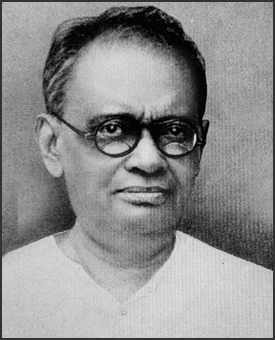
Ramaprasad Chanda was an Indian anthropologist, historian and archaeologist from Bengal. A pioneer in his field in South Asia, Chanda's lasting legacy is the Varendra Research Museum, he established in Rajshahi, a leading institute for research on the history of Bengal.He was the first head of the Department of Anthropology at the University of Calcutta from 1920- 1921.He was also a professional archaeologist and worked in the Archaeological Survey of India. Chanda was one of the founders the Indian Anthropological Institute and was its president during 1938–1942. He represented India in the first International Congress of Anthropology held in London in 1934.He had done original research on the somatic characters of Indian populations by using ancient Indian literature and challenged H.H.Risley's theory on Indian races.

Carl Louis Schwendler was a German electrician and one of the first proponents of the Tungsten based incandescent light bulb. He also published an influential textbook on telegraphs, and worked in British India at a senior post in the Telegraph Department. He was involved in setting up telegraphic communication between Agra and Calcutta solving problems in transmission of submerged cables. He was commissioned by the Railways to perform a feasibility study of lighting Indian Railways stations by electric lamp.
Brajendranath Dey was an early Indian member of the Indian Civil Service.

Henry Piddington was an English sea captain who sailed in East India and China and later settled in Bengal where he worked as a curator of a geological museum and worked on scientific problems, and is particularly well known for his pioneering studies in meteorology of tropical storms and hurricanes. He noted the circular winds around a calm centre recorded by ships caught in storms and coined the name cyclone in 1848.

Henry Walter Bellew MRCP was an Indian-born British medical officer who worked in Afghanistan. He wrote several books based on his explorations in the region during the course of his army career and also studied and wrote on the languages and culture of Afghanistan.

The Bengal Engineer Group (BEG) is a military engineering regiment in the Corps of Engineers of the Indian Army. The unit was originally part of the Bengal Army of the East India Company's Bengal Presidency, and subsequently part of the British Indian Army during the British Raj. The Bengal Sappers are stationed at Roorkee Cantonment in Roorkee, Uttarakhand.

Colonel Thomas Holbein Hendley was a British medical officer in the Indian Medical Service and an amateur authority on Indian art.
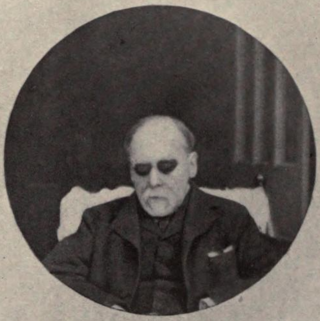
Samuel Barrett Miles was a British Army officer who served as a diplomat in various Arabic-speaking countries, notably Oman, which he came to know better than any other European of the time. The notes that he made were published after his death as The Countries and Tribes of the Persian Gulf.
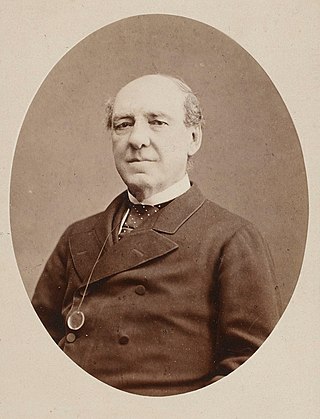
Sir Henry Edward Landor Thuillier was Surveyor General of India. Under his direction, 796,928 square miles of India were surveyed, including difficult mountainous, forest, and desert regions, often for the first time. He was responsible for the printing in 1854 of the first postage stamps valid throughout India. Thuillier was elected a fellow of the Royal Society in 1869, made a CSI in May 1870, and knighted in June 1879.
References
- ↑ The India Army and Civil Service List. July, 1869. London, W.H. Allen, 1869. p. 130.
- ↑ Presidents & Secretaries. Archived 1 September 2016 at the Wayback Machine The Asiatic Society. Retrieved 8 September 2015.
- ↑ The Indian Museum 1814-1914. Trustees of the Indian Museum, Calcutta, 1914.